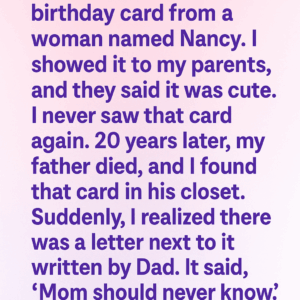In true Trump fashion, another bold promise has set off a wave of excitement, confusion, and skepticism across the nation. The former president has announced that nearly every American could soon receive a $2,000 payment — money he says will come from U.S. tariff revenues. His post on Truth Social quickly went viral, sparking hope among struggling families and raising eyebrows among economists. But as with many of Trump’s high-profile pledges, the details are vague, the math is uncertain, and the political implications could be enormous. Is this a genuine plan for economic relief or just another headline-grabbing promise?
Trump’s message was simple — and striking. “A dividend of at least $2000 a person (not including high-income people!) will be paid to everyone,” he wrote, touting it as proof that his tariff policies are turning America into the “Richest, Most Respected Country in the World.” He pointed to record stock market numbers and growing manufacturing investments as signs of success, claiming the nation is generating “Trillions of Dollars” from tariffs. But missing from his announcement were key details: who qualifies, when the payments would begin, and how this plan would actually work under current law.
Economists were quick to weigh in — and not all shared Trump’s optimism. Estimates suggest such a payout could cost between $300 billion and $513 billion, depending on eligibility. By comparison, tariff revenues under Trump’s policies have raised around $90 billion — a fraction of what would be needed. Erica York, an economist at the Tax Foundation, noted that even if tariffs did generate enough funds, redirecting them for cash payments could face major legal challenges. Several courts have already ruled Trump’s use of emergency tariff powers unconstitutional, and the Supreme Court is now reviewing the matter. If those tariffs are struck down, the entire foundation of his promise would collapse.
Still, the political power of the proposal is undeniable. For millions of Americans grappling with inflation and stagnant wages, the idea of a $2,000 windfall is enticing — even if it’s unlikely. Whether this announcement marks the start of a serious policy effort or just another campaign talking point remains to be seen. For now, the message is clear: don’t start spending that money just yet. Until there’s real legislation or a verified plan behind the claim, Trump’s “tariff dividend” remains more of a headline than a paycheck.





